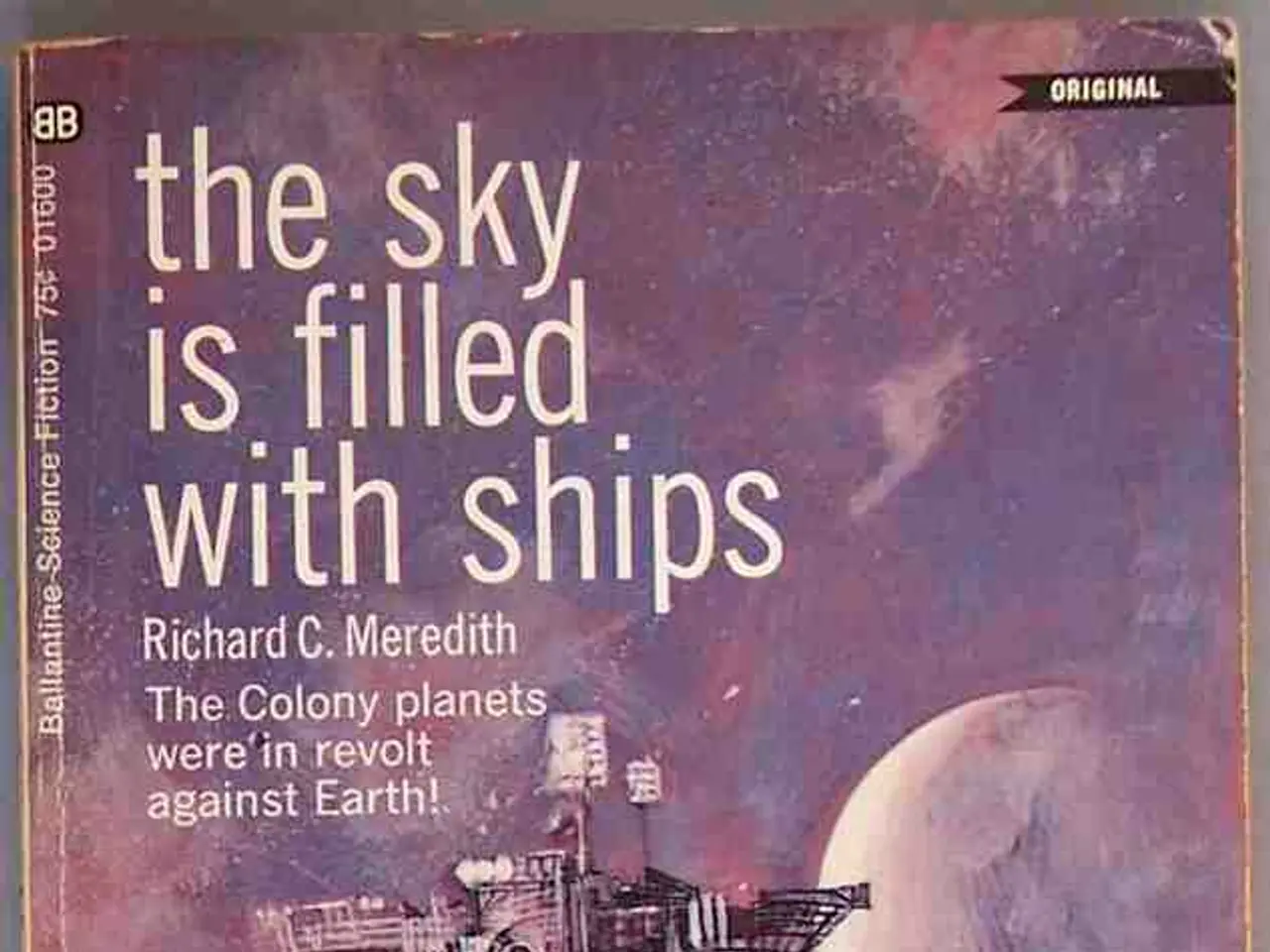Exploration of Notable Figures in Science History
In the realm of discovery and innovation, some names stand out as beacons of knowledge and progress. From the 3rd century BCE to the modern era, these trailblazers have shaped our understanding of the world and the universe. Let's embark on a captivating journey through time, exploring the groundbreaking discoveries of some of history's most celebrated scientists.
Louis Pasteur and the Birth of Pasteurisation
Louis Pasteur, a French chemist, revolutionised the medical world by proving that bacteria cause harmful diseases and that these can be killed by boiling, a process we now know as pasteurisation. This simple yet transformative discovery has saved countless lives and continues to play a vital role in food safety.
Ernest Rutherford and the Atomic Age
New Zealand-born physicist Ernest Rutherford unveiled the structure of the atom, revealing that most of an atom's mass resides in its nucleus, with the rest being mostly empty space. He also demonstrated that the nucleus could be broken apart if struck by another high-energy particle, paving the way for our current understanding of nuclear physics.
James Watson, Francis Crick, Rosalind Franklin, and the Mystery of DNA
In a joint effort, James Watson and Francis Crick, with significant contributions from Rosalind Franklin, unravelled the structure of DNA. They discovered that DNA consists of two strands twisted together in a double helix, a discovery that has since transformed our understanding of genetics and heredity.
Archimedes and the Mathematical Marvel
Archimedes, a brilliant mathematician, astronomer, and inventor, worked out the value of pi, discovered that an object displaces its own volume of water, and invented a simple pump machine that is still used today. His contributions to mathematics, physics, and engineering continue to influence our understanding of the world.
Marie M. Daly and the Study of Nutrition
Marie M. Daly, the first African-American woman to receive a Chemistry PhD in the United States, made significant strides in understanding how diet affects the human circulatory system. Her work has laid the foundation for further research in nutrition and its impact on health.
Charles Darwin and the Theory of Evolution
Charles Darwin's groundbreaking theory, Evolution by Natural Selection, changed the way we view life on Earth. He showed that life results from millions of years of gradual changes, a concept that has since become the cornerstone of modern biology.
Galileo Galilei and the Laws of Motion
Galileo Galilei's famous observation that two objects of the same size and weight hit the ground at the same time when dropped from the same height challenged the accepted beliefs of his time. His work laid the groundwork for our current understanding of physics and motion.
Joseph Lister and the Fight Against Infection
Joseph Lister, a British doctor, introduced the concept of sterilising equipment and using antiseptics to reduce post-operative infections. His innovations have saved countless lives and revolutionised the medical field.
For younger minds eager to explore the wonders of science, we've compiled a list of engaging activities inspired by these famous scientists. From Galileo's inertia and motion experiment to building simple machines like levers and catapults, these activities combine storytelling with hands-on science, making learning both informative and fun.
By immersing children in the lives and discoveries of these brilliant minds, we hope to inspire a new generation of curious thinkers and innovators. For detailed instructions on these activities, please let us know, and join us in celebrating the remarkable achievements of these scientific pioneers.
- Technology, particularly pasteurisation, has saved countless lives due to Louis Pasteur's discovery that bacteria cause diseases and can be killed by boiling.
- Ernest Rutherford, a physicist, demonstrated the structure of the atom, revealing most of its mass is in the nucleus, and paved the way for nuclear physics by showing the nucleus can be broken apart.
- DNA's structure, a discovery that transformed our understanding of genetics and heredity, was unravelled by James Watson, Francis Crick, and Rosalind Franklin.
- Archimedes' contributions to mathematics, physics, and engineering, including the discovery of pi and the invention of a simple pump, continue to influence current understanding.
- Marie M. Daly, the first African-American woman to receive a Chemistry PhD in the US, made significant strides in understanding the impact of diet on the human circulatory system.
- Charles Darwin's theory, Evolution by Natural Selection, changed our perspective on life on Earth by showing that life results from gradual changes over millions of years.
- Galileo Galilei's work on motion laid the groundwork for modern physics, challenging established beliefs about objects falling from different heights.
- Joseph Lister's introduction of sterilising equipment and antiseptics to reduce post-operative infections revolutionised the medical field and saved countless lives.
- For children eager to explore science, activities inspired by famous scientists like Galileo and Archimedes offer a blend of storytelling and hands-on STEM learning, fostering curiosity and innovation.




